Intravenous line care: Information for patients
An intravenous (IV) line is a small, flexible tube placed into a vein to give you medicines, fluids, or nutrition directly into your bloodstream. Caring for your IV line properly helps prevent infection and ensures your treatment is effective and safe.
An intravenous (IV) line is a small, flexible tube placed into a vein to give you medicines, fluids, or nutrition directly into your bloodstream. Caring for your IV line properly helps prevent infection and ensures your treatment is effective and safe.
What is an IV line?
An IV line (also called a drip, cannula, or central line, depending on the type) is used when you need:
- antibiotics or medications
- IV fluids to stay hydrated
- blood transfusions
- chemotherapy or other specialist treatments
- nutrition through the bloodstream (TPN)
IV lines can be inserted into small veins in your hand or arm (peripheral lines) or into larger veins in your chest or upper arm (central lines, PICC lines, or ports).
Why is IV line care important?
Proper care is essential to:
- prevent infection at the insertion site
- keep the line open and working correctly
- reduce discomfort or complications
How is the line cared for?
General care includes:
- Keeping the site clean and dry
- Regular flushing of the line to prevent blockages (usually done by a nurse or trained carer)
- Changing dressings as advised (typically every 7 days or sooner if wet or dirty)
- Avoiding pulling or tugging on the line
If you have a line at home:
- wash your hands thoroughly before and after touching the line or dressing
- avoid getting the dressing wet during bathing (use a waterproof cover)
- do not touch the end of the line unless instructed and trained to do so.
- report any pain, redness, swelling, or leaking at the site immediately.
When to seek medical advice
Contact your nurse or doctor at the hospital if you notice:
- redness, swelling, pain, or heat around the site
- leaking or discharge from the line
- fever, chills, or generally feeling unwell
- difficulty flushing the line or if it seems blocked
- the line has come out or moved
These may be signs of infection or other complications and should be assessed promptly.
Protecting your line
- Avoid heavy lifting or activities that could dislodge the line.
- Wear loose-fitting clothing over the line.
- Make sure the line is secured during sleep or movement.
Follow-up and support
Your Nursing team will regularly assess your IV line and decide when it can be removed. If you are discharged with a line in place, you will receive instructions and community nursing support if needed.


